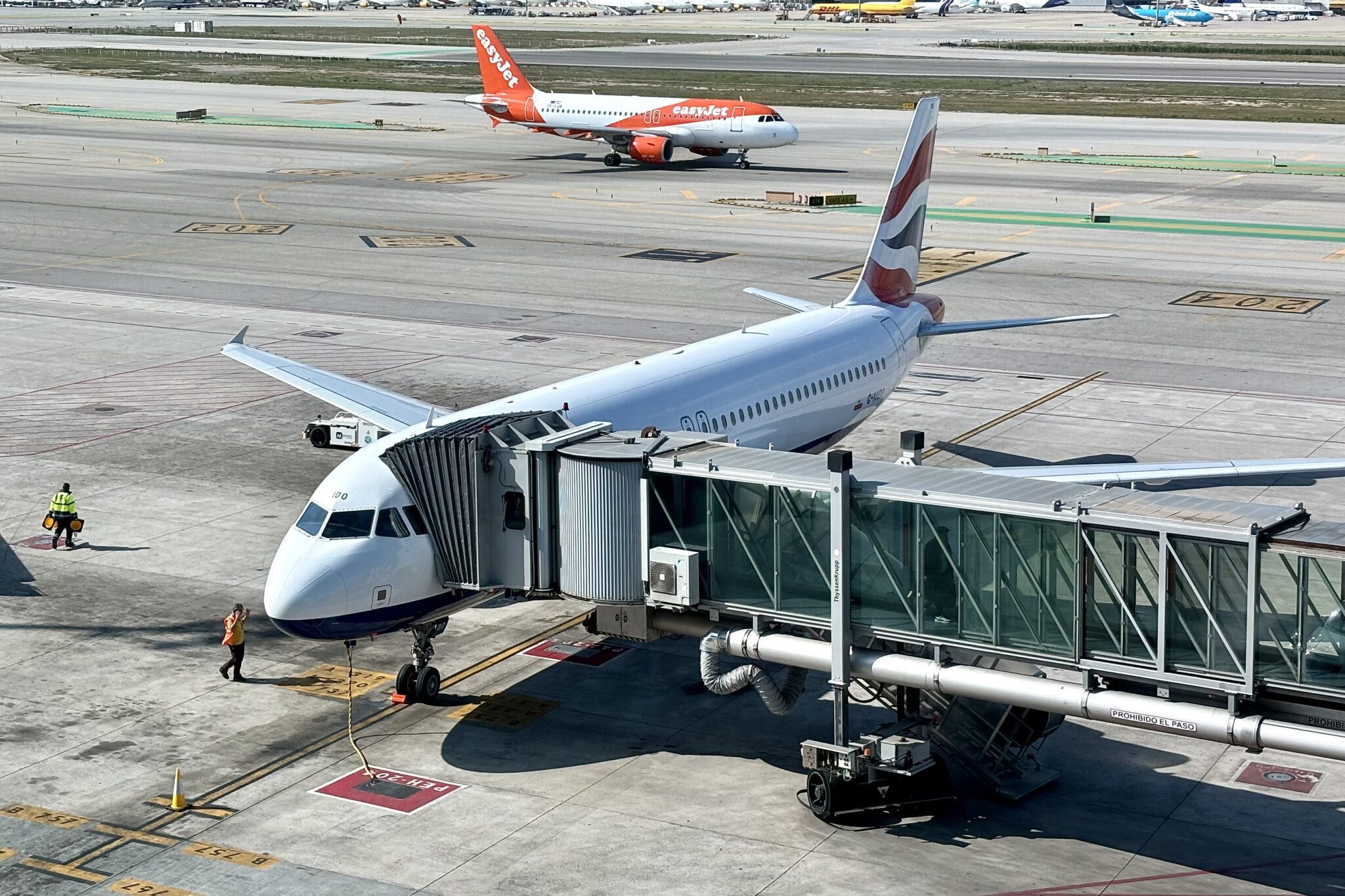At least one lessor believes the low-cost, long-haul model could work, even with so many doubters in recent years. AerCap is leasing nine Boeing 787s to Norse Atlantic Airways that will form the backbone of the startup carrier’s fleet when it starts flying later this year.
The 787s are all used — six 787-9s and three 787-8s. These will be the first aircraft in the new airline’s fleet. The 787 isn’t an unfamiliar aircraft to the team behind Norse Atlantic Airways. Norwegian Air recently began divesting its fleet of leased 787s when it ended its long-haul operations.
Norse Atlantic counts former Norwegian Air CEO Bjorn Kjos and former Chairman Bjorn Tise as investors, along with Bjorn Tore Larsen, the head of an aviation staffing firm that once supplied crews to Norwegian. “We now have a once-in-a-lifetime opportunity to build a brand new airline from scratch,” Larsen said.
Norse Atlantic Airways expects to take delivery of its first 787 in December, with the rest following by the first quarter of next year.
The airline’s business model replicates the one jettisoned by Norwegian Air when that carrier filed for administration. In its reorganization plan, Norwegian Air said it would focus on short-haul flights in its home region and within Europe. At its height, Norwegian Air operated flights to Asia and North America and had subsidiaries in the UK, Ireland, and Argentina. Those subsidiaries have since been scaled back, and the company sold its Argentine subsidiary to JetSmart.
The empire was teetering even before the pandemic grounded most international flights, however. Although low-cost long-haul was popular — providing cheap fares to Europe and smaller cities, like Cincinnati, with direct international flights — the business model never made money. Wow Air collapsed in 2019, and even Icelandair, which had tried to get in on the game, scaled back its ambitions before the pandemic struck. Norwegian Air was the last holdout.
“We wish Norse Atlantic Airways every success and look forward to working with them as they roll out their plan in the years to come,” AerCap President Peter Anderson said.
Other lessors have expressed significant skepticism about Norse Atlantic’s model. At a recent investor conference, Air Castle CEO Michael Inglese said in the wake of Norwegian Air’s retrenchment his company would more closely examine customers’ business models before leasing aircraft to them. “Many of us took leaps of faith for Norwegian, Wow, and AirAsia X,” Inglese said. AerCap is much larger than its competitors and will grow larger still, if it completes its planned $30 billion acquisition of GECAS.
It’s not just lessors that are skeptical. At the same investor conference earlier this month, United Airlines CEO Scott Kirby dismissed the low-cost transatlantic model completely, without singling out Norwegian Air or Norse Atlantic. “They had a business model. It didn’t work,” Kirby said. “They never made money, they never had a chance to make money. but they were doing a lot of damage along the way, and they’re gone.”
Norse Atlantic Airways said it plans to start flying to such destinations as New York, Miami, Los Angeles, London, and Paris by the end of the year. But it still does not have an air operators certificate, and it can’t apply for a U.S. foreign air carrier permit until it has one.
This could be a tough row to hoe, however, if history offers any guidance. Unions and several U.S. carriers in the last decade waged a pitched, years-long pressure campaign on the Transportation Department (DOT) to deny Norwegian’s Irish subsidiary, Norwegian Air International, a foreign air carrier permit. They argued that the airline was “forum shopping” to find more favorable labor regulations, thereby flouting the U.S.-EU open skies agreement. The pressure campaign ultimately failed when DOT awarded the permit in 2016, but the wounds of the battle remain fresh.
Joe DePete, president of the Air Pilots Association, which led the fight against Norwegian, last week told reporters he is “glad Norwegian collapsed under its own weight,” adding that the union will press Congress and the DOT to scrutinize Norse Atlantic’s application for a permit. “It’s a corporate Frankenstein’s Monster,” DePete said of Norse Atlantic. “They’re putting a bunch of dead parts together.”
Rep. Peter DeFazio (D-Ore.), who heads the Transportation and Infrastructure Committee in the House of Representatives, implored new Transportation Secretary Pete Buttigieg to deny Norse Atlantic’s application. “At the end of 2016, the outgoing administration imprudently issued a foreign air carrier permit to Norwegian Air International — an airline that was ‘Norwegian’ in name only and established itself in Ireland under a flag of convenience to avoid Norway’s strong labor protections,” he said in a statement to Buttigieg. “Norwegian is bankrupt, and its U.S. services have ceased, but its founder is forming a new carrier that will likely seek a permit — Norse Atlantic — and it is imperative that you correct the error of 2016 and deny this airline’s application.”
Still, Norse Atlantic remains optimistic it will start flying by the end of the. year. The carrier raised almost $150 million in private investment in Norway and will start trading on the Oslo Stock Exchange next month, the company confirmed to Airline Weekly.
Update: This post has been updated to clarify Bjorn Kjos’ role with the company.





